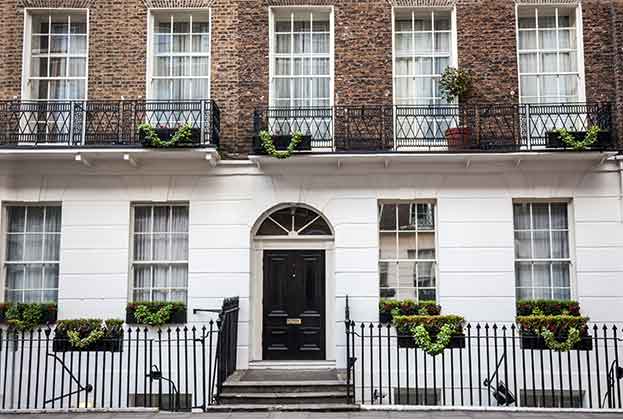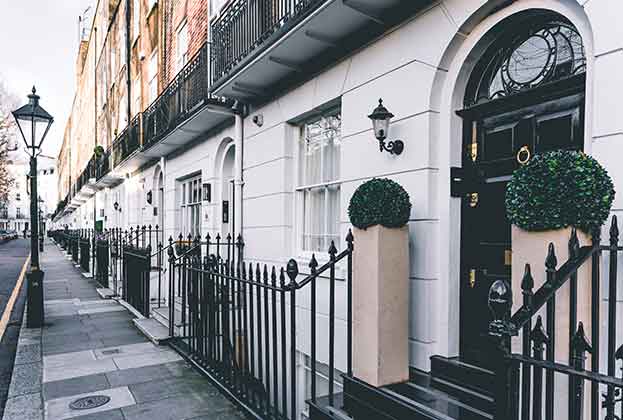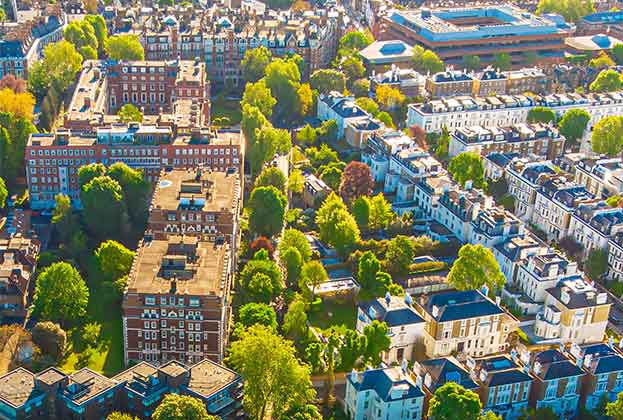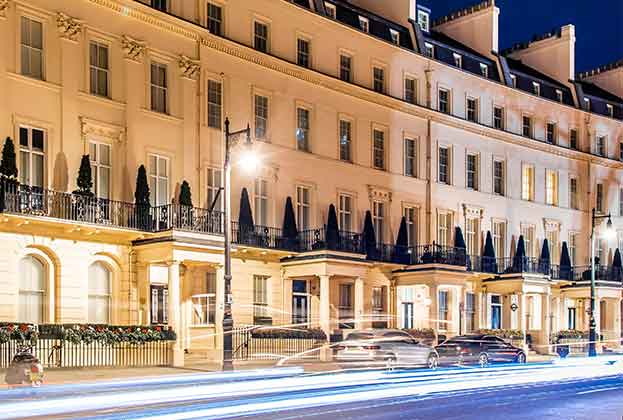As bars, restaurants and shops reopen, we are seeing renewed demand for urban living. Buyers are planning for the new normal, a trend that is driving interest in prime regional towns and cities
The third national lockdown caused many people to become more aware of what they’ve been missing. Now, many buyers are looking for a home in a more vibrant location. As life begins to return to normal, and bars, shops and restaurants continue to reopen, the accessibility and convenience of being close to these amenities will once again be at the forefront of people’s minds when searching for their next home.
This phenomenon is also part of a longer-term trend where prime urban areas have tended to perform more strongly. Since the credit crunch, prime property in cities and towns have seen values surpass their previous 2007 peak by 22% and 15% respectively. Meanwhile, those in villages only reached this level again at the end of 2020. Across rural areas, prime prices still remain 8% below this previous high point.
Attractive towns and cities that are well connected, have an array of good family housing stock and a choice of high-performing schools, appeal to a broader profile of affluent buyers. Young, wealthy families understandably see the appeal of urban living, while an increasing number of empty nesters are also looking for access to good restaurants, shops and leisure facilities. Indeed, more than half of those looking to downsize would prefer to move into a town, city or suburban area, a trend supported by the results of our buyer and seller survey conducted in November 2020.
Of the 1,040 towns and cities across the UK, there are only 37 where the average value of second-hand properties exceeded £500,000 in 2020, and that figure was above the average for the county in which they are located. Of those, only eight were higher than £750,000 and just three were above the £1 million mark: Virginia Water, Beaconsfield and Northwood.
Of the 1,040 towns and cities across the UK, there are only 37 where the average value of second-hand properties exceeded £500,000 in 2020
Frances Clacy, Associate Director, Residential Research
The majority of such towns are located in the Home Counties, while well-established Cambridge, Oxford, St Albans and Winchester are the only cities to meet this criteria. Average prices of second-hand property comes in at between £500,000 and £600,000 for each, but the cost of a central terraced or semi-detached house will often exceed £1 million.
The Surrey towns of Ewell, Haslemere, Reigate and Leatherhead command premiums of less than 10% above the county average. Esher and Weybridge prices are around 30% above that mark.
Across Essex and Kent, the commuter hotspots of Brentwood and Tunbridge Wells have prices that are around 1.5 times more than the average across their respective counties. However, values in Sevenoaks are more than double.
Perhaps unsurprisingly, there’s only one location in the north – Wilmslow. But, reducing the price point to £400,000 brings in hotspots such as Altrincham, Knutsford and Ponteland.
Looking north of the border, the highest value town is St Andrews, with prices averaging at just below £400,000. Meanwhile, the town of Bearsden located immediately to the north west of Glasgow commands the highest premium in Scotland. Prices are more than double their county average.
Looking forward, the value on offer in village and rural areas will continue to support prices across these markets. Just as importantly, the value gap between London and prime regional towns and cities will also continue to drive additional demand here, particularly from those looking for more space.
For more information, please contact a Savills office in your area or arrange a market appraisal with one of our local experts.
Read the articles within Report: Prime UK Residential – spring/summer 2021 below
.jpg)




